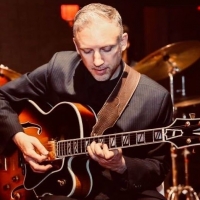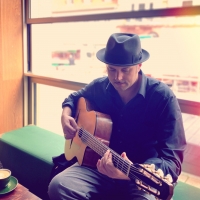DjangoBooks.com
Welcome to our Community!
Categories
- 20K All Categories
- 1.1K General
- 477 Welcome
- 59 Archtop Eddy's Corner
- 146 CD, DVD, and Concert Reviews
- 385 FAQ
- 26 Gypsy Jazz Italia
- 27 Photos
- 202 Gypsy Picking
- 21 Unaccompanied Django
- 15 Pearl Django Play-Along Vol.1
- 17 Gypsy Fire
- 45 Gypsy Rhythm
- 1.4K Gypsy Jazz University - Get Educated
- 131 Gypsy Jazz 101
- 227 Repertoire
- 219 History
- 708 Technique
- 51 Licks and Patterns
- 6 Daniel Givone Manouche Guitare Method Users Group
- 20 Eddie Lang Club
- 1.3K Gypsy Jazz Gear
- 802 Guitars, Strings, Picks, Amps, Pickups and Other Accessories
- 460 Classifieds
- 49 Recording
- 62 Other Instruments
- 18 Violin
- 5 Mandolin
- 22 Accordion
- 7 Bass
- 10 Woodwinds
- 348 Gypsy Jazz Events
- 143 North America
- 110 Europe
- 95 International






















Comments
@Jehu I could really care less where the dots are, either works as a visual anchor.
But you do get used to looking at one and I can definitely see changing from one to another guitar with different placement can throw you off. Using naturally occurring harmonics as a guideline where to place the dots made most sense to me, sorta fits every model.
This whole topic made me do an experiment: cover the side dots with masking tape (my guitar doesn't have any dots on the fretboard on my request) and play.
On the first try I was definitely getting tripped up, but it took a second or to get my bearing back every time it happened. Now, I can't take my guitar like that and go to the jam or play a show but, like I guessed earlier, I'm even more convinced now that it wouldn't take a whole lot of training to abandon the dots altogether.
Really, is there an upright bass or a violin player to weigh in on how they navigate the fretboard?
Yes there's people like Tcha playing a guitar, but his sense of space is way superior to what we'll ever develop.
Another thing got revealed when I did this, I could see the notes more clearly in a sense. Like the notes didn't hide behind the dot, they were just themselves, no sidekicks.
I'm actually going to try to spend some time practicing like this, at least a few hours a week, see what happens. I'd switch completely I could remove myself and just woodshed for a few months, but there's a band, a class at Old Town School and DiJ is coming up.
Plus, it can force you to get out of the "guitaristic" licks and into new territory.
I had to go back to the dots.
I guess this is something you could pull off without the dots if you could think in terms of how intervals relate to each other from chord to chord, instead of notes themselves.
Ha, a dreaded room without the windows, I almost believed that was a myth